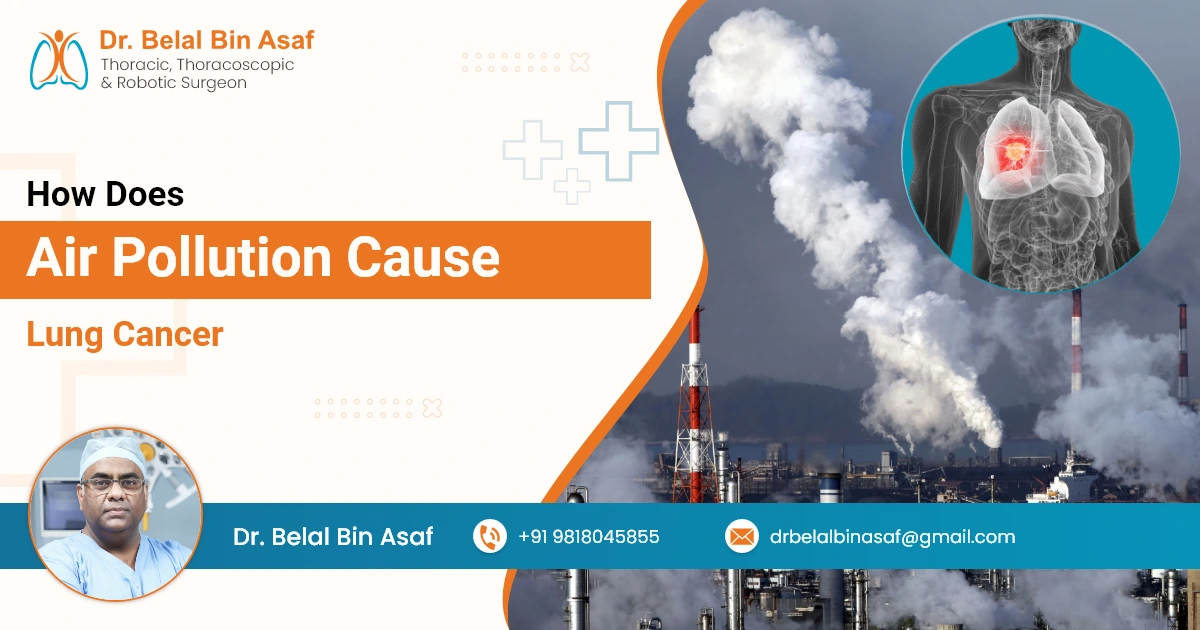Air pollution ranks among the top environmental threats to human health, claiming millions of lives each year. One of its most alarming effects is its strong connection to lung cancer. Although tobacco use continues to be the primary driver of this disease, growing research indicates that continuous exposure to polluted air significantly heightens the likelihood of developing lung cancer—even in non-smokers. But how exactly does air pollution lead to the development of this deadly disease? Let’s break down the science and explore the key mechanisms, pollutants involved, and who is most at risk.
Contents
- 1 What Happens When You Inhale Polluted Air?
- 2 How Does Air Pollution Cause DNA Damage?
- 3 Can Inflammation in the Lungs Promote Cancer?
- 4 What Role Does Oxidative Stress Play in Lung Cancer Development?
- 5 How Is the Immune System Affected by Air Pollution?
- 6 Can Air Pollution Cause Hormonal Imbalances That Contribute to Cancer?
- 7 Which Pollutants Are Most Dangerous to Lung Health?
- 8 Who Is Most at Risk From Air Pollution-Induced Lung Cancer?
- 9 How Can We Reduce the Risk of Lung Cancer From Air Pollution?
- 10 Is There Hope for the Future?
- 11 Conclusion
What Happens When You Inhale Polluted Air?
When you breathe in polluted air, harmful substances enter your respiratory system and settle in the lungs. These pollutants include tiny particles, toxic gases, and chemicals released from vehicles, factories, burning fossil fuels, and even household sources. Some of these pollutants can penetrate deep into the lung tissues, where they interact with cells and biological systems, sometimes causing irreversible damage.
How Does Air Pollution Cause DNA Damage?
A primary way air pollution leads to lung cancer is through its harmful impact on DNA, triggering genetic damage that can initiate cancer development. Certain airborne carcinogens—such as benzene, formaldehyde, and polycyclic aromatic hydrocarbons (PAHs)—can interact with the DNA in lung cells. These chemicals may form adducts with DNA strands, which can lead to mutations during cell division if the body fails to repair them correctly.
Over time, these genetic mutations may accumulate, especially with continued exposure to air pollution. If the mutations affect genes that regulate cell growth or suppress tumors, they can trigger the development of cancerous cells. Essentially, air pollution introduces errors into the body’s genetic code, increasing the chances that a cell may become cancerous.













 +91-9818045855
+91-9818045855
